Discover the Majestic Norwegian Forest Cat: Breed Profile and Care Tips

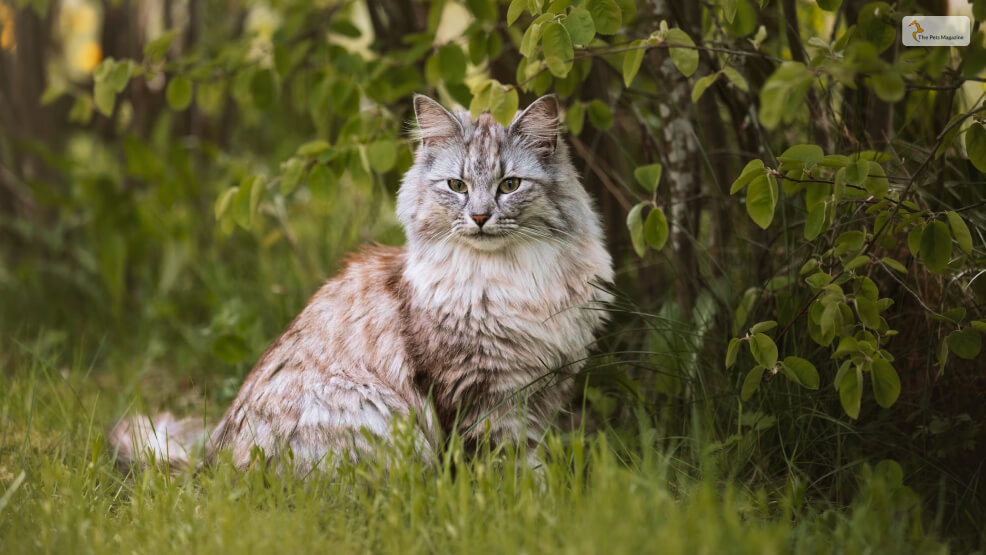
“Norwegian forest cats were favored by the goddess Freyja in Norse mythology. The big-boned and heavily furred Norwegian forest cat is often mistaken for the similarly built Maine Coon, but it has a big personality all its own. These cats get along well with just about everyone, but they’re also protective of their territory and endlessly inquisitive.”
In Norse mythology, the Norwegian forest cat appeared in different mythology called “skogkatt,” they were beloved by the Norse Goddess Freyja.
One of the descended of the Norwegian forest cut is the white and black British Shorthair cats, the Vikings brought them from Great Britain from Norway.
It is possible that other ancestors of the Norwegian forest cats are the Siberian Angora or Turkish, but both are long-haired cat breeds. If you wanna know about the cat in-depth, then keep scrolling through this article.
Breed History
The history of the Norwegian forest cats is believed to date back to the age of Vikings. Researchers found countless images and written descriptions that share a striking resemblance to the majestic felines. Furthermore, this is a breed that has deep roots in Norwegian folklore and culture. According to Norse mythology, Freya, the goddess of love, beauty, and fertility, has a chariot that is pulled by six huge forest cats.
By the 20th Century, these cats were practically lost due to extensive and indiscriminate cross-breeding. As authorities took notice of the dire situation for this bloodline of cats, the King of Norway, King Olav V, declared these cats as a national treasure. This move discouraged breeders from cross-breeding and shot up the popularity of these cats. therefore, there were more people lining up to adopt these cats.
These cats arrived in the United States during the 1970s. By the end of 1984, the Norwegian cats were already accepted for championship status by the prestigious International Cat Association. Subsequently, these cats were further recognized by the Cat Fancier Association in the year 1993. Since then, these breed of cats are some of the most sought-after breeds by cat enthusiasts.
Breed Overview
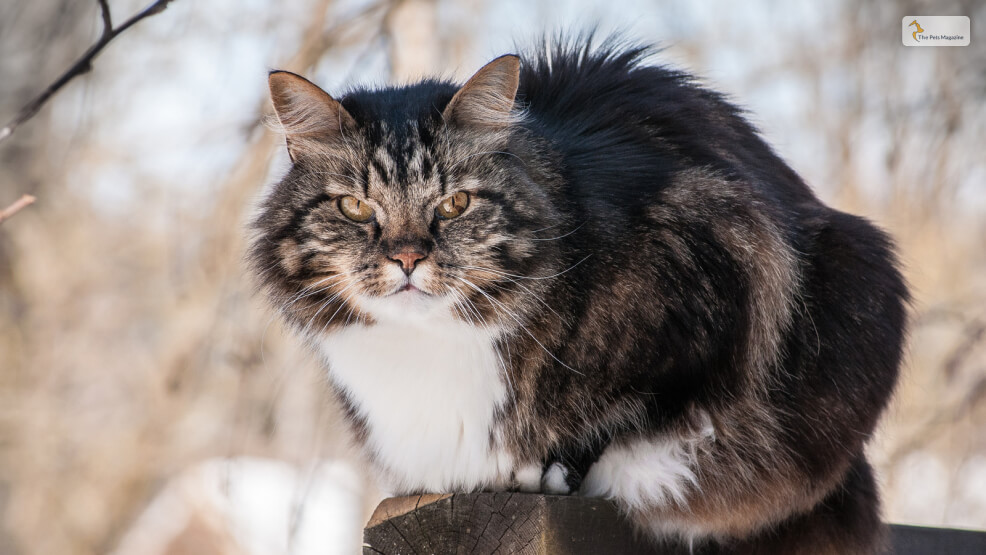
Norwegian forest cats are regarded as Scandinavian work cats in order to keep small and large rodents away from ships or farms. But before we get to know more about the Norwegian forest cat, here are a few important details you need to know.
| Kingdom | Animalia |
| Class | Mammalia |
| Phylum | Chordata |
| Order | Carnivora |
| Genus | Felis |
| Family | Felidae |
| Scientific Name | Felis Catus |
| Height | 9 – 12 inches |
| Weight | 12 – 16 inches |
| Life Span | 14 – 16 years |
| Good With | Cats, families, children, and seniors |
| Temperament | Bold, sociable and affectionate |
| Intelligence | High |
| Shedding Amount | Frequent |
| Palyfulness | High |
| Activity Level | Quite active |
| Vocalness | Quite |
| Coat Lenght | Long |
| Colors | Blue, grey, Orange, white, black, blue, ebony, silver, cream, lavender, beige and tan |
| Patterns | Bi-colors, solid, calico, tri-color, & tabby |
| Other Traits | Requires grooming, easy to train, friendly with pets & humans, tolerates being picked up and being alone. Friendly towards strangers & humans. |
Physical Appearance Of Norwegian Forest Cats
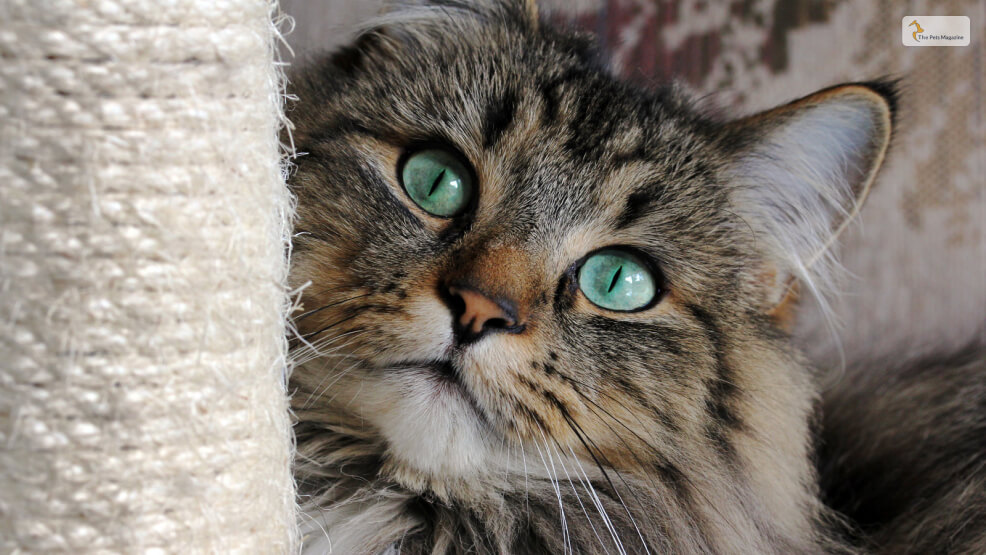
“Norwegian forest cats were the cats of choice for the Vikings! They are very strong and durable animals, and that did not go unnoticed by the warriors of Norway. They could bring these amazing cats abroad their ships and have them stay healthy and hearty while eating any rodents that happened to be abroad.”
The cat is known to have extremely long and thick fur, but the fur is known to grow in layers at the same time. The topmost layer of the mouth is water-resistant, long, and also glossy.
Having an undercoat, the Norwegian forest cat is able to keep themselves warm and well insulated, which is more of a wooly texture. These Norwegian forest cats are very much like the large Maine Coon cats.
Personality & Temperament
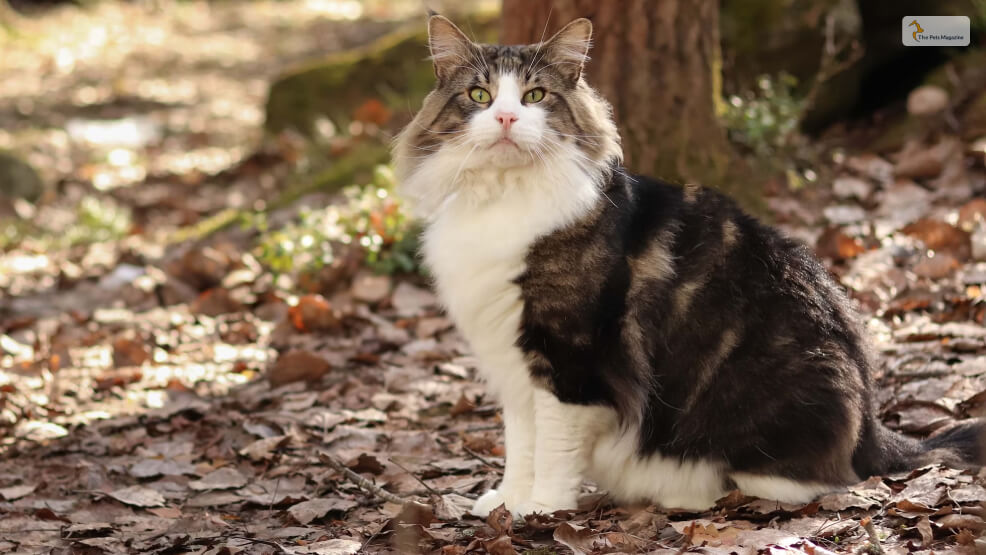
Normally, Norwegian forest cats have been bred in harsh conditions, but that hasn’t hardened their personality as well. The Norwegian forest cats, also known as Wegies, are one of the most sociable and friendly felines in the world.
These cats tend to form strong bonds with the members of their family, which is why they make the ideal family pet, as they are great at being household pets.
Since these Wegies are known to be great as family pets, these cats are quite calm, gentle, and friendly. These types of cats are known to be very adaptable to any type of lifestyle and family life, and at the same time, these cats are great with most animals and children.
The cats are quite intelligent and alert in their nature, but at the same time, the Wegies are quite affectionate, lovable, and have a great connection with their humans. The Wegies are not needy animals, they would prefer to let the humans come to them as they are quite undemanding.
Diet & Care
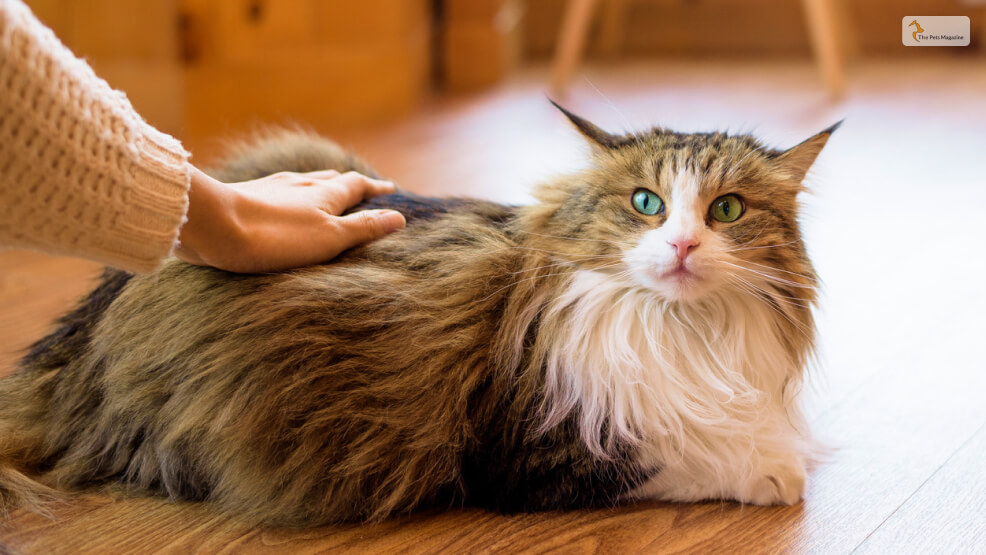
Maintaining a healthy diet for your Norwegian Forest Cat is crucial for their overall well-being, given their unique needs and robust physique. They thrive on a diet rich in high-quality animal proteins. Look for cat foods where meat (like chicken, turkey, or fish) is the primary ingredient. Protein is essential for muscle maintenance and overall vitality.
In addition to protein, ensure the diet includes a balance of vitamins, minerals, and trace elements. Taurine, an essential amino acid, is crucial for heart and vision health. Additionally, minerals like calcium and phosphorus support bone health, which is important for their large frame.
However, Norwegian Forest Cats can be prone to overeating, leading to obesity and related health issues. It’s important to feed them controlled portions and avoid free-feeding. Typically, feeding them twice a day with measured portions is ideal.
Grooming
As suggested by Nicole Goudey-Rigger, the CEO and Owner of Pets a Go Go, “Daily combing and brushing is essential if you do not wish to have a close, personal, and frequent relationship with your local groomer.”
Since these cats have long water-resistant coats, along with a dense undercoat, this is why the Wegie needs a lot of brushing at least twice a week. But at the same time, at times of heavy shedding, the brush needs to be more than just twice a week.
You must trim the nails of your Wegie cat, or long nails can be hurtful to these cats since these cats are quite adventurous and playful. Here are some of the best grooming tools to keep your Wegie’s fur in top condition:
Wide-Toothed Comb
A wide-toothed comb is essential for detangling and removing loose hair from the dense undercoat without causing discomfort.
Slicker Brush
A slicker brush helps to remove loose fur and prevent matting. It’s particularly useful during shedding seasons when your cat’s coat is transitioning.
De-Shedding Tool
A de-shedding tool, like the Furminator, can effectively reduce shedding by reaching deep into the undercoat to remove loose hair.
Metal Comb
A metal comb with both wide and narrow teeth is great for finishing touches, ensuring all tangles are removed and the coat is smooth.
Cat Nail Clippers
Regular nail trimming is important to prevent overgrowth and splitting. Use cat-specific nail clippers to safely trim your cat’s claws.
Small Scissors
Small, rounded-tip scissors are useful for trimming fur around sensitive areas like the paws, face, and rear.
Ear Cleaner
An ear cleaner can help maintain ear hygiene, especially since Norwegian Forest Cats have a lot of fur around their ears.
Cat Toothbrush and Toothpaste
Dental hygiene is also crucial. Use a cat toothbrush and feline-friendly toothpaste to keep your cat’s teeth clean and healthy.
Exercise and Health Issues
“When it comes to exercise, make sure your Wegie has plenty of room to run and play. You won’t need to go out of your way to get this athletic cat moving, but toys, cat trees, and time spent playing together will help keep him alive.”
Here are some specific health risks they can face:
1. Hypertrophic Cardiomyopathy (HCM)
This is a common heart disease in cats, including Norwegian Forest Cats. It involves the thickening of the heart muscle, which can lead to heart failure. Symptoms may include labored breathing, lethargy, and sometimes no symptoms at all until the condition is advanced.
2. Hip Dysplasia
Although more common in dogs, hip dysplasia can also affect Norwegian Forest Cats. This condition involves the malformation of the hip joint, leading to arthritis and pain. Symptoms include difficulty walking, decreased activity, and a swaying gait.
3. Glycogen Storage Disease Type IV (GSD IV)
This rare genetic disorder affects the way glycogen is stored and used in the body. It can lead to severe muscle weakness, tremors, and organ failure. Unfortunately, it is often fatal, with affected kittens typically dying shortly after birth or within a few months.
4. Feline Diabetes
Norwegian Forest Cats can develop diabetes, particularly if they are overweight. Symptoms include increased thirst, frequent urination, weight loss despite a good appetite, and lethargy. Managing diabetes requires insulin therapy, dietary changes, and regular monitoring.
5. Pyruvate Kinase Deficiency (PKD)
This genetic condition affects red blood cells, leading to anemia. Symptoms can range from mild to severe and include lethargy and weakness. There is no cure, but the condition can be managed with supportive care.
6. Retinal Dysplasia
This congenital condition involves the malformation of the retina, which can lead to vision problems. However, it usually does not significantly affect the cat’s quality of life.
7. Urinary Tract Problems
These can include infections, stones, and obstructions. Symptoms include blood in the urine, frequent urination, and pain during urination. Male cats are more prone to obstructions, which can be life-threatening if not treated promptly.
8. Patellar Luxation
Also known as a dislocated kneecap, this is a condition where the kneecap (patella) moves out of its normal position in the groove of the thigh bone (femur). This can cause instability and discomfort in a cat’s hind leg.
Regular veterinary check-ups and genetic testing can help manage and prevent some of these conditions. If you have a Norwegian Forest Cat, it’s important to be aware of these potential health issues and work closely with your vet to ensure your cat stays healthy.
Wrapping Up!
Now that you have a more clear understanding of the breed of Norwegian forest cat and what are their certain health problems, and how to take care of these Wegies. So if you think that this article is helpful, then leave us a like and comment down below on whether you would like to own a Norwegian forest cat for yourself or not.
Read Also..

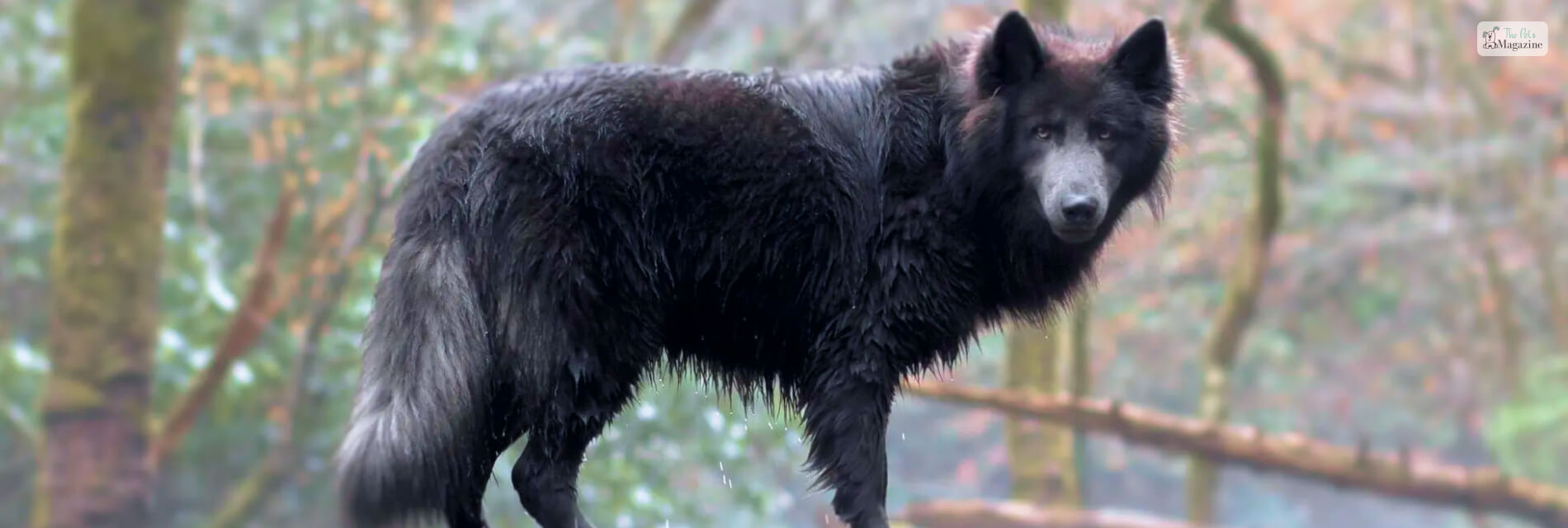
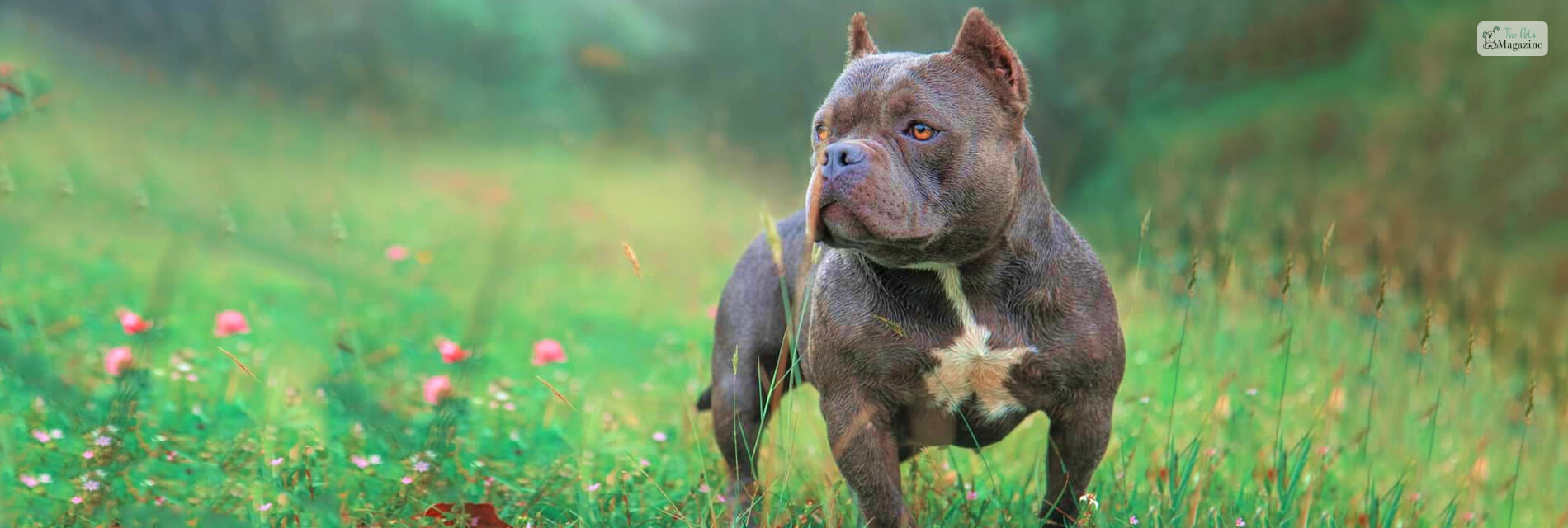

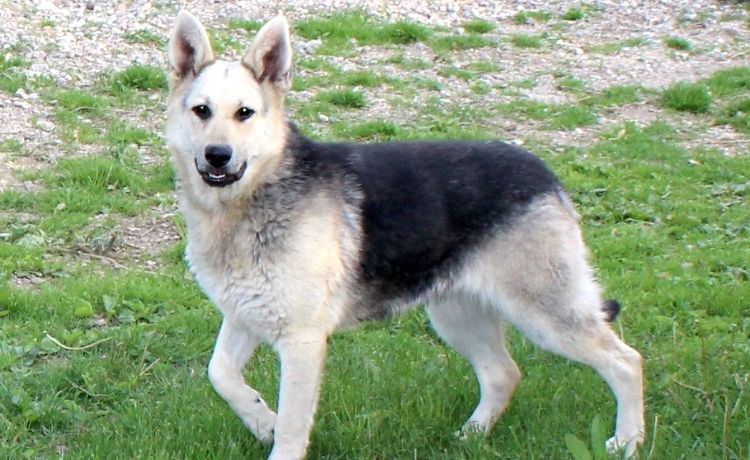
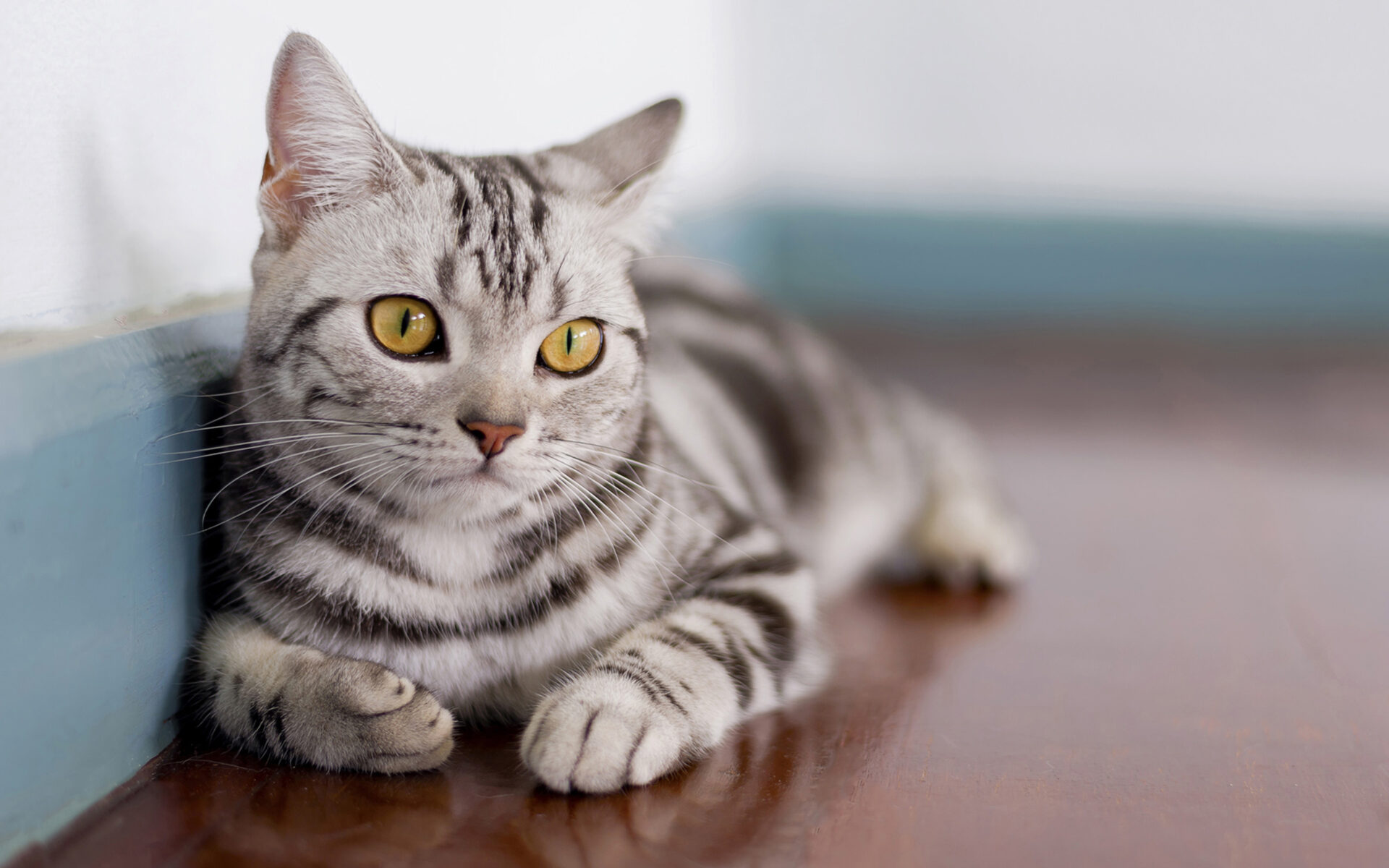
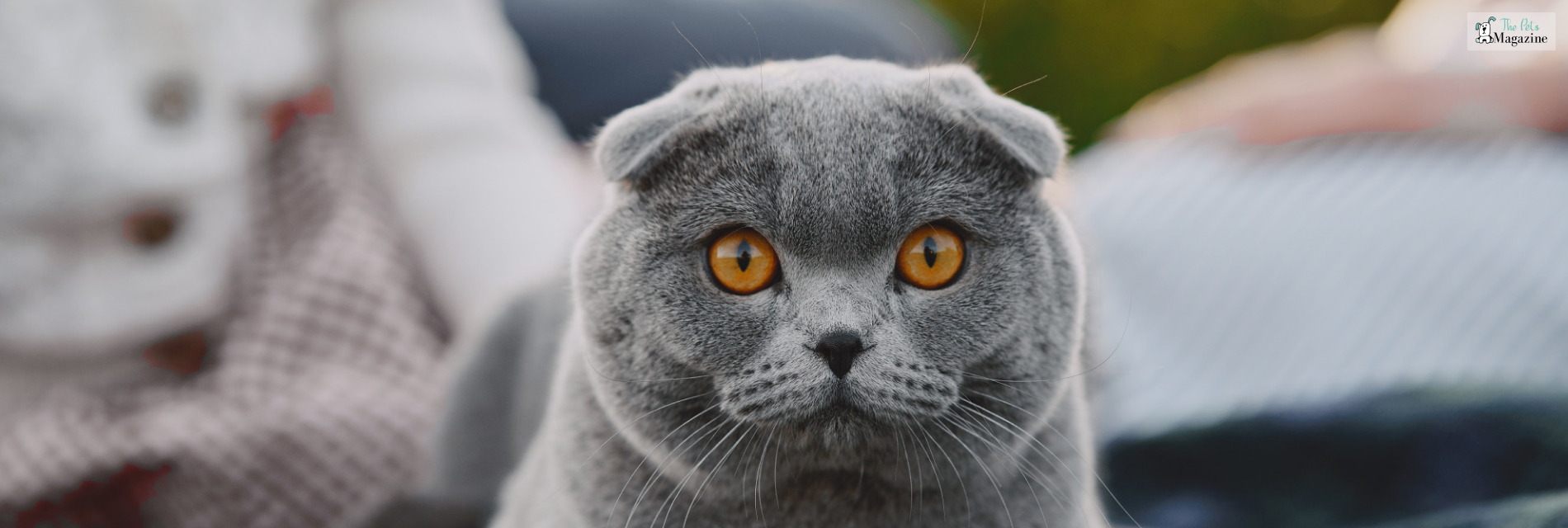
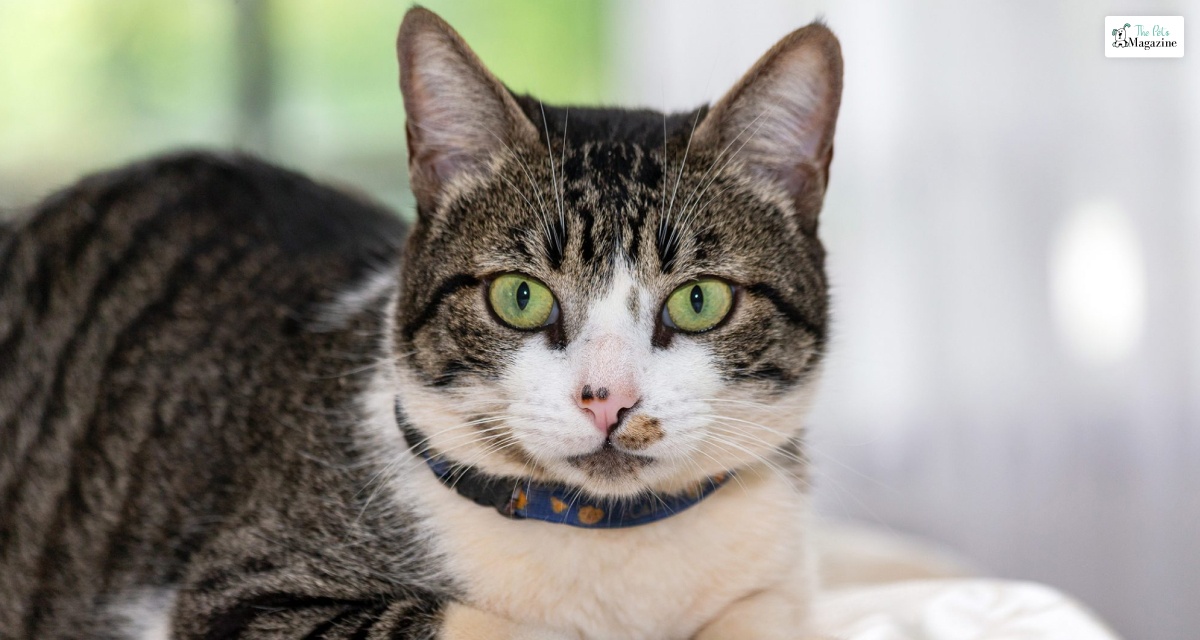
Leave A Comment